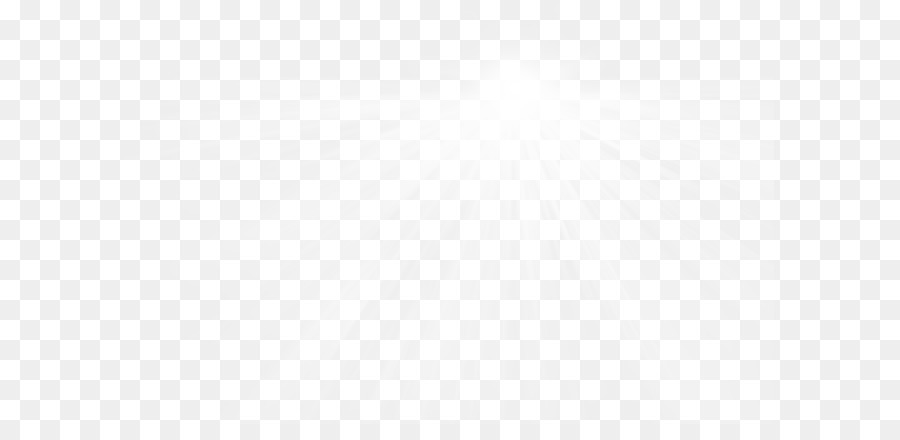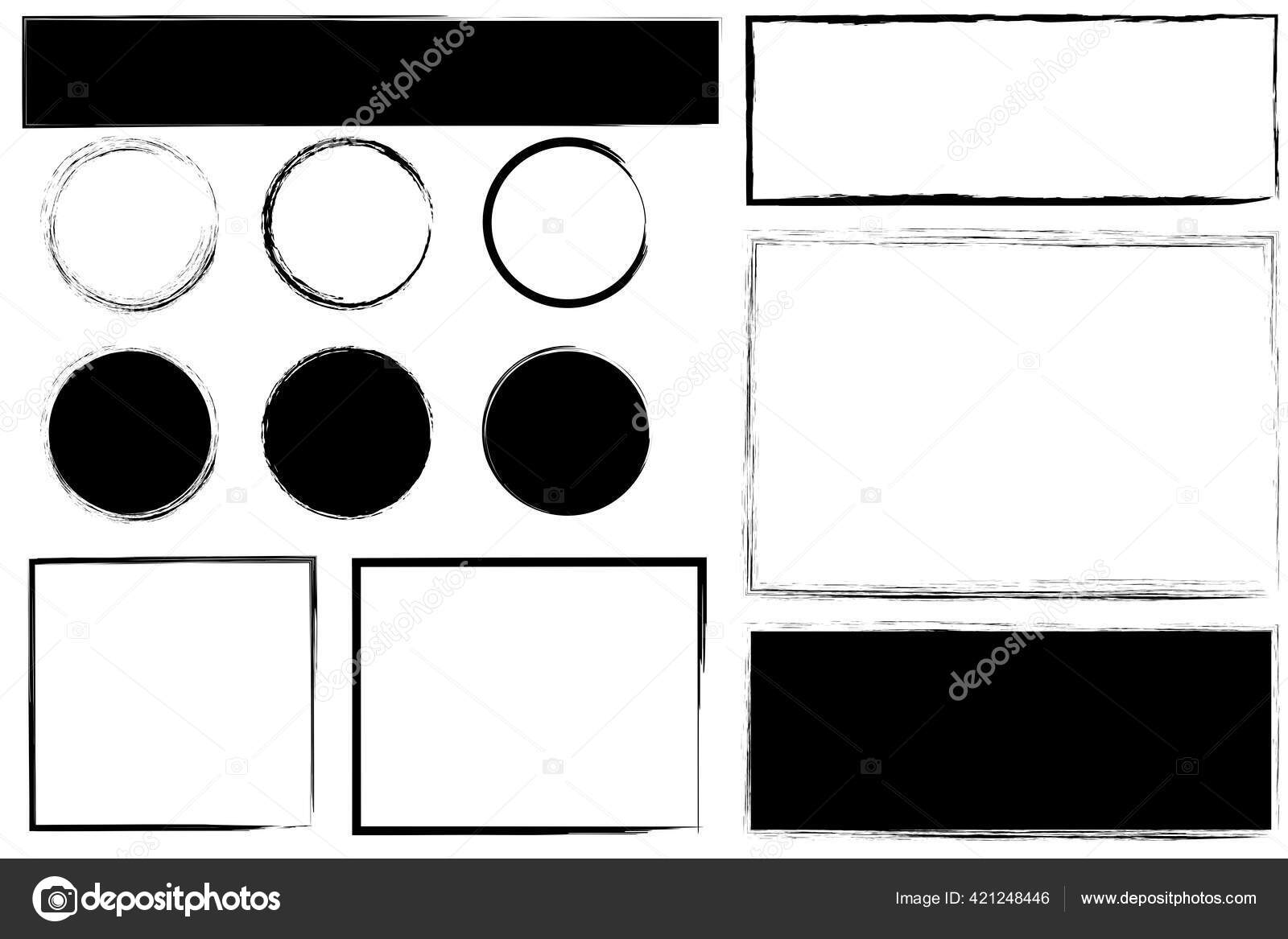One of the circles has radius=4. Adobe install manager for mac. Find the radius of the other circle. I would really appreciate if you could tell me how to arrive at the answer. Thank you Amina Hi Amina, I think that the circle must have a diameter of 4 units, otherwise it would not fit inside the rectangle. A rectangle has dimensions 18 ft by 72 ft. How many circles (placed side by side with sides touching) with area 3 can be placed inside of the rectangle? What is the measure of the area inside the rectangle but not inside any of the circles?
While there is no 'Draw Circle' tool in GIMP, there are several ways you can create circles using the tools provided. The Path tool will create a vector circle that you can add a border to. You can use the Select tool to create a circular border from the Ellipse Select function. $ begingroup$ It's a good Idea, but if I take a $7.8$ rectangle and 2 circles with radius $2$ and $3$, in my book it says it's impossible to fit in the rectangle, but in this idea, the distance between the 2 poins $(2,2)$ and $(5,6)$ it's distance is $3.6056$, and the 'limit' distance for fit is $6.0$ proving that it's wrong, is my book or the.
This calculator estimates the maximum number of smaller circles of radius r that fits into a larger circle of radius R. It could be the number of small pipes inside a large pipe or tube, the number of wires in a conduit, the number of cut circles from a circle-shaped plate, and so on.
One may think that there should be a formula for that, but, in fact, there is no formula. This is an optimization problem knows as Circle packing in a circle. It belongs to a class of optimization problems in mathematics, which are called packing problems and involve attempting to pack objects together into containers. Circle packing in a circle is a two-dimensional packing problem to pack unit circles into the smallest possible larger circle. See Circle packing in a circle.
For this problem, an optimal solution needs to be found and proved. Wikipedia article lists the first 20 solutions (in other words, it lists the smallest possible radius of the larger circle, which is enough to pack a specified number of unit circles (circles with a radius of one). Default calculator parameters, by the way, allow you to pack 11 circles, which will give you the layout presented below:
Happily, there is a project on the internet solely devoted to packing problems. It is the site called Packomania. Today, it summarises all found solutions. Site author Eckard Specht also participates in the search for solutions, and, in fact, most solutions were found by him, and there are solutions for up to 2600 circles in a large circle, with pictures of layouts. For each number of circles, the ratio of r/R is given, which can be used to find an answer. Chrome gx downloads.
The calculator below evaluates ratio r/R and then looks for the closest optimal solution among those 2600. If ratio r/R falls outside of research data, the calculator returns an error.
How many circles of radius r fit in a bigger circle of radius R
In geometry, circle packing is the study of the arrangement of circles (of equal or varying sizes) on a given surface such that no overlapping occurs and so that no circle can be enlarged without creating an overlap. The associated packing density, η, of an arrangement is the proportion of the surface covered by the circles. Generalisations can be made to higher dimensions – this is called sphere packing, which usually deals only with identical spheres.
The branch of mathematics generally known as 'circle packing' is concerned with the geometry and combinatorics of packings of arbitrarily-sized circles: these give rise to discrete analogs of conformal mapping, Riemann surfaces and the like.

Densest packing[edit]
Circles In Rectangle Problem
Pack Circles In Rectangle
In the two-dimensional Euclidean plane, Joseph Louis Lagrange proved in 1773 that the highest-density lattice packing of circles is the hexagonal packing arrangement,[1] in which the centres of the circles are arranged in a hexagonal lattice (staggered rows, like a honeycomb), and each circle is surrounded by 6 other circles. For circles of diameter and hexagons of side length , the hexagon area is and the area covered within each hexagon by circles is , allowing the density to be calculated as
Axel Thue published a proof that this same density is optimal among all packings, not just lattice packings, in 1890, but his proof was considered by some to be incomplete. The first rigorous proof is attributed to László Fejes Tóth in 1940.[1][2]While the circle has a relatively low maximum packing density, it does not have the lowest possible, even among centrally-symmetricconvex shapes: the smoothed octagon has a packing density of about 0.902414, the smallest known for centrally-symmetric convex shapes and conjectured to be the smallest possible.[3](Packing densities of concave shapes such as star polygons can be arbitrarily small.)
Other packings[edit]
At the other extreme, Böröczky demonstrated that arbitrarily low density arrangements of rigidly packed circles exist.[4][5]
There are 11 circle packings based on the 11 uniform tilings of the plane.[7] In these packings, every circle can be mapped to every other circle by reflections and rotations. The hexagonal gaps can be filled by one circle and the dodecagonal gaps can be filled with 7 circles, creating 3-uniform packings. The truncated trihexagonal tiling with both types of gaps can be filled as a 4-uniform packing. The snub hexagonal tiling has two mirror-image forms.
On the sphere[edit]
A related problem is to determine the lowest-energy arrangement of identically interacting points that are constrained to lie within a given surface. The Thomson problem deals with the lowest energy distribution of identical electric charges on the surface of a sphere. The Tammes problem is a generalisation of this, dealing with maximising the minimum distance between circles on sphere. This is analogous to distributing non-point charges on a sphere.
In bounded areas[edit]
Packing circles in simple bounded shapes is a common type of problem in recreational mathematics. The influence of the container walls is important, and hexagonal packing is generally not optimal for small numbers of circles. Specific problems of this type that have been studied include:
See the linked articles for details.
Unequal circles[edit]

There are also a range of problems which permit the sizes of the circles to be non-uniform. One such extension is to find the maximum possible density of a system with two specific sizes of circle (a binary system). Only nine particular radius ratios permit compact packing, which is when every pair of circles in contact is in mutual contact with two other circles (when line segments are drawn from contacting circle-center to circle-center, they triangulate the surface).[6] For all these radius ratios a compact packing is known that achieves the maximum possible packing fraction (above that of uniformly-sized discs) for mixtures of discs with that radius ratio.[8] All nine have ratio-specific packings denser than the uniform hexagonal packing, as do some radius ratios without compact packings.[9]
It is also known that if the radius ratio is above 0.742, a binary mixture cannot pack better than uniformly-sized discs.[7] Upper bounds for the density that can be obtained in such binary packings at smaller ratios have also been obtained.[10]
Applications[edit]
Quadrature amplitude modulation is based on packing circles into circles within a phase-amplitude space. A modem transmits data as a series of points in a 2-dimensional phase-amplitude plane. The spacing between the points determines the noise tolerance of the transmission, while the circumscribing circle diameter determines the transmitter power required. Performance is maximized when the constellation of code points are at the centres of an efficient circle packing. In practice, suboptimal rectangular packings are often used to simplify decoding.
Circle packing has become an essential tool in origami design, as each appendage on an origami figure requires a circle of paper.[11]Robert J. Lang has used the mathematics of circle packing to develop computer programs that aid in the design of complex origami figures.

See also[edit]
Rectangles Inscribed In Circles
References[edit]

Circles In Rectangle Calculator
- ^ abChang, Hai-Chau; Wang, Lih-Chung (2010). 'A Simple Proof of Thue's Theorem on Circle Packing'. arXiv:1009.4322 [math.MG].
- ^Tóth, László Fejes (1940). 'Über die dichteste Kugellagerung'. Math. Z. 48: 676–684.
- ^Weisstein, Eric W.'Smoothed Octagon'. MathWorld.
- ^Böröczky, K. (1964). 'Über stabile Kreis- und Kugelsysteme'. Annales Universitatis Scientiarum Budapestinensis de Rolando Eötvös Nominatae, Sectio Mathematica. 7: 79–82.
- ^Kahle, Matthew (2012). 'Sparse locally-jammed disk packings'. Annals of Combinatorics. 16 (4): 773–780. doi:10.1007/s00026-012-0159-0.
- ^ abTom Kennedy (2006). 'Compact packings of the plane with two sizes of discs'. Discrete and Computational Geometry. 35 (2): 255–267. arXiv:math/0407145. doi:10.1007/s00454-005-1172-4.
- ^ abHeppes, Aladár (1 August 2003). 'Some Densest Two-Size Disc Packings in the Plane'. Discrete and Computational Geometry. 30 (2): 241–262. doi:10.1007/s00454-003-0007-6.
- ^Bédaride, Nicolas; Fernique, Thomas (17 February 2020). 'Density of Binary Compact Disc Packings'. arXiv:2002.07168.Cite journal requires
|journal=(help) - ^Kennedy, Tom (2004-07-21). 'Circle Packings'. Retrieved 2018-10-11.
- ^de Laat, David; de Oliveira Filho, Fernando Mario; Vallentin, Frank (12 June 2012). 'Upper bounds for packings of spheres of several radii'. Forum of Mathematics, Sigma. 2. arXiv:1206.2608. doi:10.1017/fms.2014.24.
- ^TED.com lecture on modern origami 'Robert Lang on TED.'

Bibliography[edit]
Circles In Rectangle Python
- Wells D (1991). The Penguin Dictionary of Curious and Interesting Geometry. New York: Penguin Books. pp. 30–31, 167. ISBN0-14-011813-6.
- Stephenson, Kenneth (December 2003). 'Circle Packing: A Mathematical Tale'(PDF). Notices of the American Mathematical Society. 50 (11).
Rectangle Inside Circle
